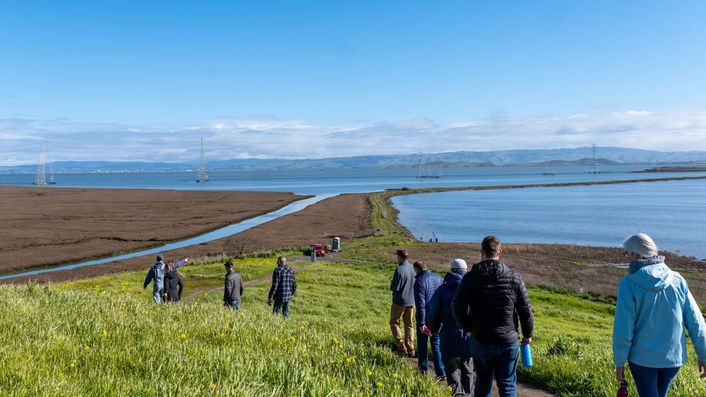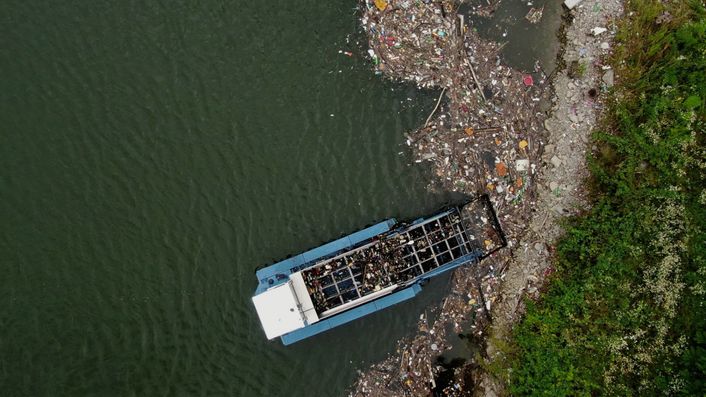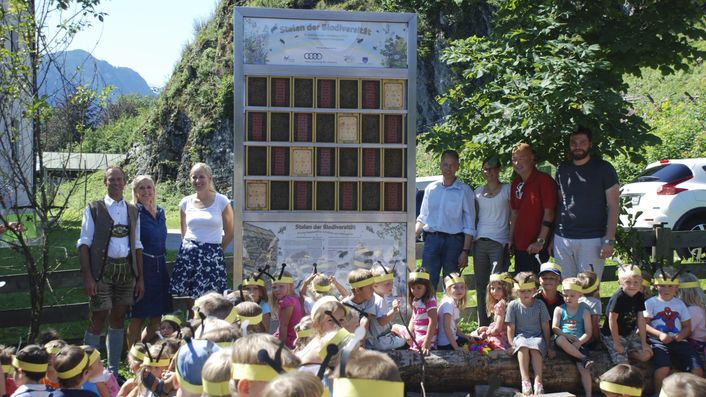Completion of the feasibility study CO₂-regio
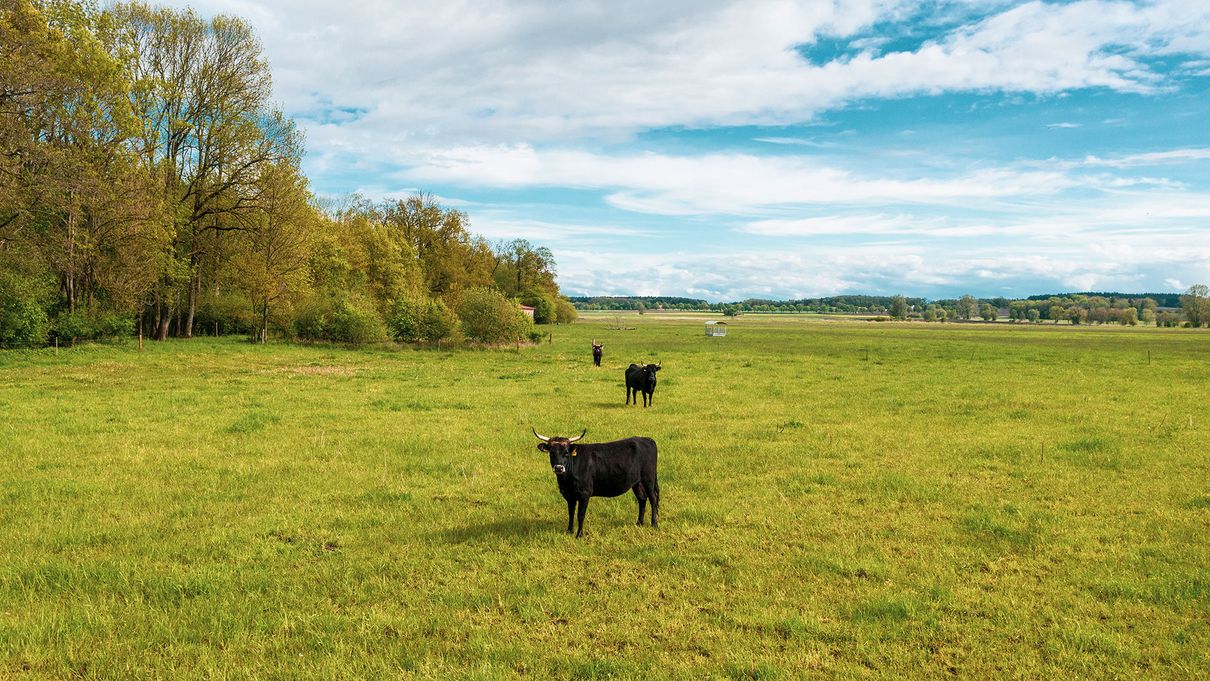
Researchers from the Weihenstephan-Triesdorf University of Applied Sciences (HSWT) reported on the current state of science on greenhouse gas certificates, peatland protection, reforestation and humus build-up. They focused on the different possibilities of climate protection measures on agricultural areas as well as their individual advantages and disadvantages. It was evaluated how the implementation of climate protection measures can be quantified and combined with the creation of tradeable CO₂ certificates.
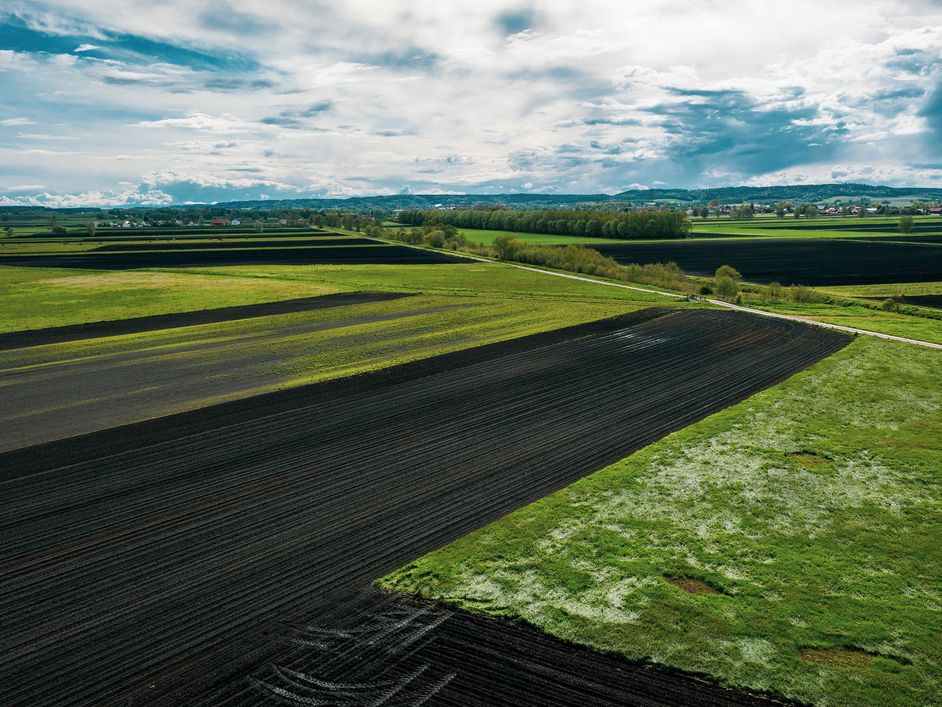
Prolignis Energie Consulting GmbH reported on the production of biochar/vegetable carbon black by pyrolysis. Pyrolysis makes it possible to bind about half of the carbon of the starting material long-term in vegetable carbon black. A big advantage of vegetable carbon black is that it is not decomposing so easily as organic substances. So, CO₂ equivalents can be sequestrated in the soil for a long period. In addition, the biochar in the soil serves as a good water and nutrient storage. Sufficient material to produce high-quality biochar would be available locally. The production and incorporation of plant/vegetable carbon black into the soil turned out to be an effective climate protection and CO₂ sequestration measure.
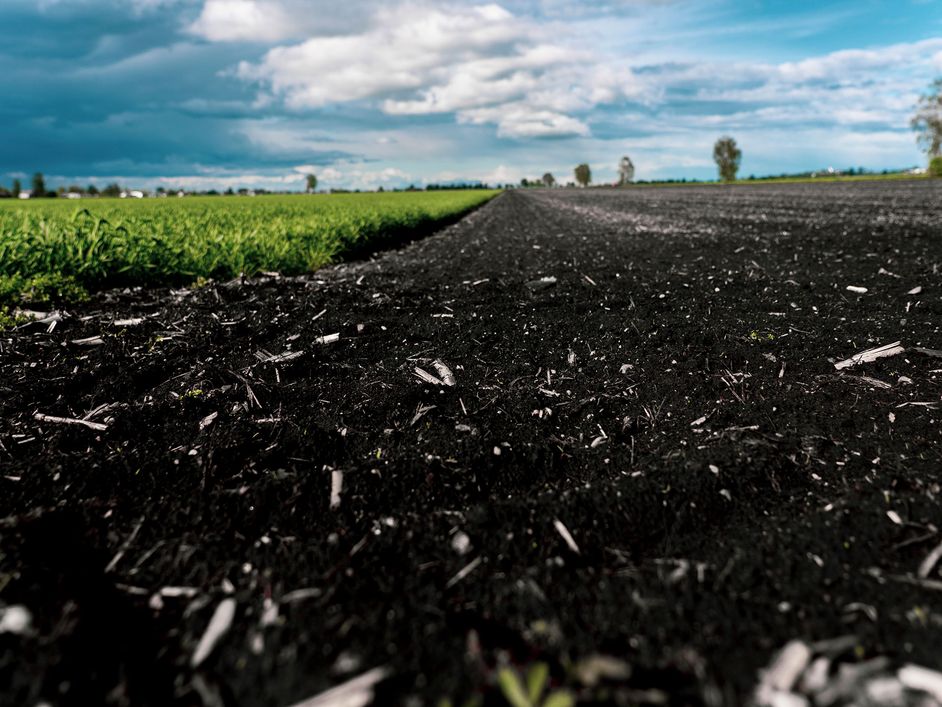
Generally, there are three possible uses for intact or rewetted peatlands: wet use, e.g. wet grassland management, conversion to paludiculture with energy or material use of the biomass, and renaturation of the peat body without further agricultural use.
Paludiculture is the agricultural and forestry use of wet raised bogs and fens. In this process, special sweet and sour grasses, reeds or bulrushes are cultivated. They can then be used directly for thatching roofs, for example, or in fiber form for paper production or as insulation material. Another area of application is energy production or animal nutrition.
Cooperation between farmers, scientists and the CO₂-regio team is crucial: "Only if all parties are involved, the long-term protection of the peatland can be ensured. Adequate measures like the sale of CO₂ certificates will be crucial for the cessation of intensive farming and restoration of the drained peatland" emphasized Professor Drösler from the HSWT in his presentation. The aim is to implement climate protection measures in the region with the emission of greenhouse gas certificates. Therefore, a climate office CO₂-regio needs to be established, which would be responsible for this.
The event ended with an active discussion among the interested participants. Mr. Galdirs, project manager of CO₂-regio, concluded "that we are pursuing promising approaches and hopefully our work will produce more good results." The study is expected to be completed in April 2023. Until then, intensive discussions with farmers and other stakeholders will be held. Additionally, it is planned to implement the first measures on pilot areas.
Since April 2023, the feasibility study "CO₂-regio" for peatland protection in the Donaumoos has been completed. At the closing event, the most important results were presented to the public. An overview shows at which location the rewetted moor can be used most economically and ecologically. Possible use cases are, for example, wet agriculture, paludicultures, the use of biochar or photovoltaic systems. Furthermore, alternative possibilities for effective peatland protection and local economic cycles were shown. These projects for climate protection and the distribution of certificates have been promoted by the CO2-regio climate office in Neuburg an der Donau since the beginning of May. All climate protection measures within the framework of the project are financed with climate certificates for the voluntary market, the costs of them are measured according to the rewetting method implemented.
